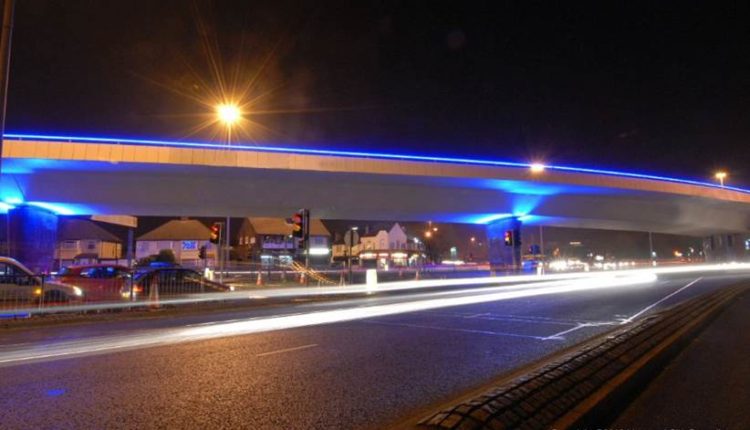
Officials at the Department for Transport have agreed it can be progressed to the next stage of development with the city council devising a business case. Tony McDonough reports

Government officials have offered a boost for a major £120m project to radically redesign Liverpool’s Rocket junction at the entrance to the M62.
Transport for the North has included Liverpool City Council’s scheme in a package of our major projects within a £700m programme of works that have been identified as critical to the economic growth of the north of England.
And now the Department for Transport (DoT) has agreed it can be progressed to the next stage of development under the Major Road Network (MRN) and Large Local Majors (LLM) programme. To help the scheme progress to the next stage, the DoT is to make a contribution of £1.23m towards the costs of developing an Outline Business Case (OBC).
Draft proposals for the major upgrade to the Rocket Junction would include the demolition of the existing Queens Drive flyover and replacing it with a new roundabout, featuring a dual lane underpass.
The junction is the busiest in Liverpool city region with more than 100,000 vehicles travelling through it every day. It connects the start of the M62, with the A5080 and the A5058 Queens Drive.
Due to increasing traffic, the junction is currently functioning at full capacity in the morning and evening peak hours, and this is expected to deteriorate further in the next five years and the council sees the redesign as crucial to its bid to reduce congestion and air pollution in Liverpool.
Physical signs of weakness in the Queens Drive Viaduct have also prompted investigations which indicate that significant investment is needed to upgrade the structure.
Liverpool City Council has recently declared a Climate Change emergency and sees the scheme as a huge part of its programme to reduce congestion and air pollution in the city. Main objectives for the project are:
- A 15% decrease in road users’ travel time through Rocket Junction by 2030.
- A 30% increase in weekday peak-hour traffic flow volume through Rocket Junction, by 2030, to relieve more congested corridors.
- A 20% decrease in weekday peak-hour traffic flow volume through parallel route junctions by 2030.
- A 10% decrease in personal injury accidents within 200m from Rocket Junction by 2030.
- A10% decrease in road users’ travel time variability through Rocket Junction by 2030.
- A 10% decrease in greenhouse gas / CO2 within 500m from Rocket Junction by 2030.
- A 50% increase in weekday / weekend daily active pedestrian and cyclist movement volume through / across Rocket Junction by 2030, to reflect easier access and crossing facilities.
The bid to the Department for Transport is for £92m with Liverpool City Council contributing the remainder via its £500m Better Roads programme. If approved, it is anticipated works for the scheme would begin in 2023.
Mayor of Liverpool Joe Anderson said: “The Outline Business Case is a major stepping stone and to have this initial backing is a significant signal that the government recognises the economic and environmental importance of this scheme.
“As we all know, the M62 junction is causing commuter misery every single day and by its flawed design is causing congestion and contributing to greater air pollution.”
